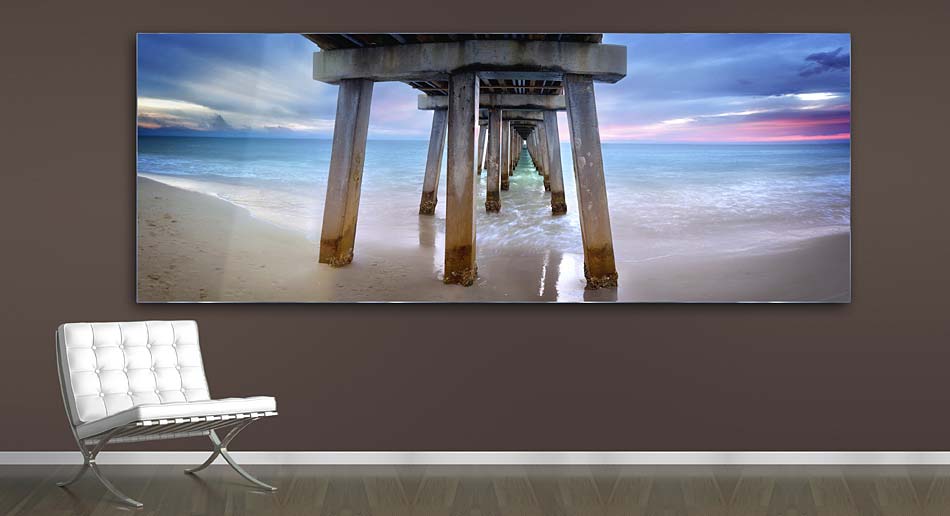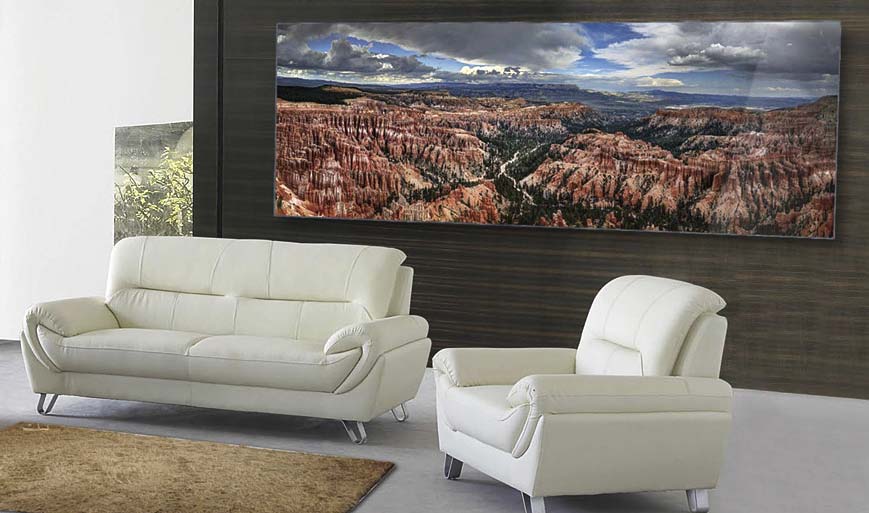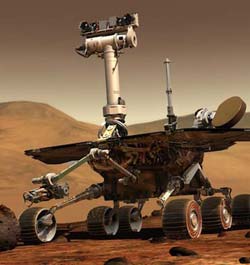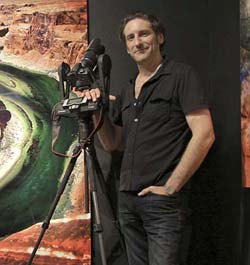
Phil Crawshay produces extreme photography...
Apple would have you believe that the 12-megapixel camera— that sometimes substitutes as a phone—in your pocket makes everyone a professional photographer.
“When people think of photography as an art form, they tend to dismiss it as something with diminishing value due to the greater availability of high-quality
cameras now available at relatively little cost,” says Phil Crawshay, owner of Crawshay Gallery. But, one step into his gallery and you instantly recognize
that his work is lightyears ahead of what everyone else is producing, both metaphorically and literally.
Crawshay’s “extreme photography” process is physically demanding and time-consuming. During one 14-day photo outing to Utah, he was able to
produce only four images that he considers master shots and another eight he was pleased with.
“The entire Utah trip there was one shot I wanted and I captured it! I was lucky to come away with 12,” Crawshay says.
Choosing the location for an image is just as critical as the actual technical aspect of shooting, and Crawshay admits to one time walking two miles in water
to his chest to get a shot.
Beyond the physical challenges there is also the technical aspect that sets Crawshay’s work apart. He shoots RAW format and instead of simply clicking
the shutter once, each of his photographs are made up of multiple images stitched together, with each image taking many minutes to capture. If there is even the
slightest movement in the camera, or if the smallest detail is wrong, the image will be ruined. “I may wait for hours in one setup to capture one shot,”
he says.
Back at the studio, Crawshay begins processing the files, which can take as long as 20 hours just to convert into usable images before he can even begin the
stitching process. The stitching takes another two to three hours, and he always scrutinizes each file at high magnification to make sure that everything aligns
perfectly to achieve the quality he demands of his work.
The stitching complete, Crawshay spends a day on the color correction of the image. “There is a negative attitude toward image
enhancement, but all you are really doing is setting the white and black levels to peak so the image looks lifelike,” Crawshay explains.
“The camera sees very differently than the human eye, and I try to translate the image to what I remember seeing,
not beyond that.”
The final step in this amazing process is the acrylic mounting, which Crawshay completes in a clean room while wearing a full-body
Tyvek suit to ensure that not even the slightest bit of dust falls onto the print while it is being made. It takes more than five hours
to produce one print.
Only a handful of photographers produce acrylic mounted prints like Crawshay, due to the complicated nature of the process.
“It’s like varnishing a piece of wood. You get a rich, self-glowing effect. The vibrancy and clarity are also greatly
enhanced when mounting in this way, plus you get the added benefit of it being completely UV protected. It will look as good today
as it will in 200 years. It will not degrade,” Crawshay says. “People have said it is so lifelike and vivid, it is
like looking out of a window.”

With traditionally framed prints there is air between the print and glass, which allows light to reflect and diminish the
richness of the print, but with the acrylic mounted process, there is no air and the light hits directly on the print creating an
effect of self-illumination or the print being backlit.
“When you couple the photographic and mounting process you get this incredible result,” Crawshay says.
All in, it may take him nearly a month after a photo trip to prepare a piece for the gallery. This is what sets Crawshay
apart from other photographers and makes his work that much more impressive.
“People think I am out shooting all the time, but that is not possible. Everything has to be meticulously planned
and the post production is very time intensive,” explains Crawshay. “I am only shooting three times a year.”














 See the complete portfolio of images
See the complete portfolio of images
 Learn about what makes these pieces so impressive
Learn about what makes these pieces so impressive
 Artist biography and statement
Artist biography and statement


